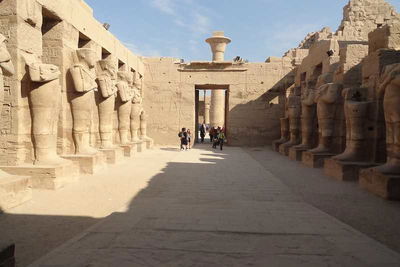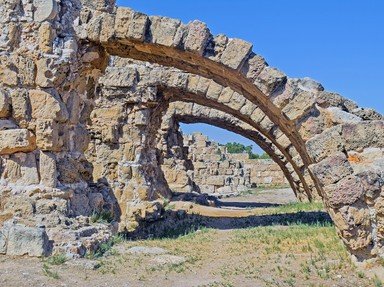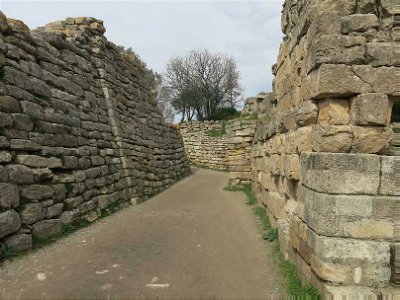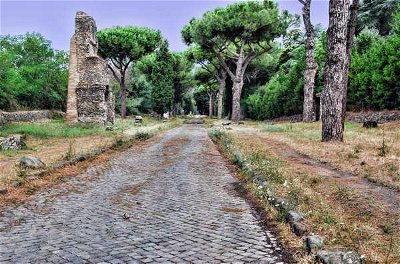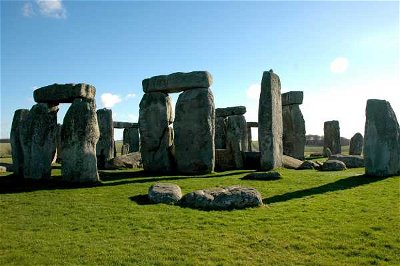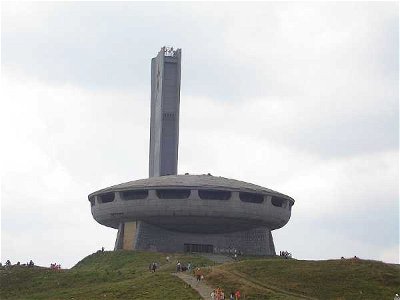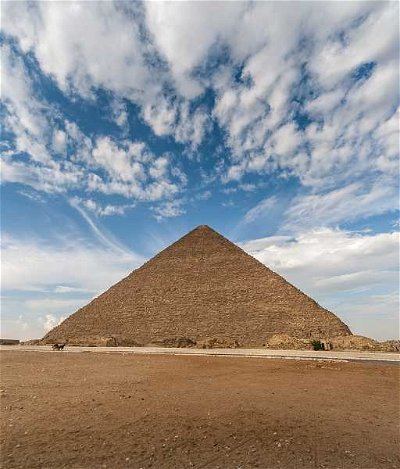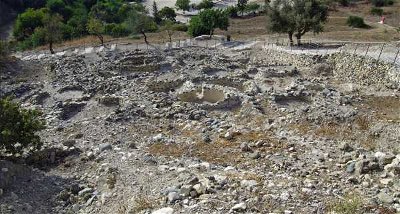1. One of the most fascinating sites in Italy is Ostia Antica. What was its main use in Roman times? Alas, the function has gone to the dogs.
From Quiz Gone to the Dogs
Answer:
Seaport
Whilst Ostia, as a suburb of Rome, was equipped with a theatre, several temples and a casern for the fire brigade, it served as the main port to supply Rome with goods transported from far countries: corn (mainly from Egypt), olive oil, tin (from Great-Britain or even more to the north).
The harbour of Ostia was looted by pirates in 68 BC, and soon rebuilt. At the end of the Roman Empire, Ostia decayed, and "went to the dogs" during the Ninth Century.
During the Twentieth Century, archaeologists have excavated and reconstructed most of Ostia. You can nowadays visit the reconstructed Ostia every Tuesday till Sunday (except on Christmas Day and May 1st), at a fairly moderate fee.
